In this article, we discuss about How to Convert Voltage to Current using Resistor with different examples like 0-10 VDC to 0-20 mA Conversion, 0-5 VDC to 0-20 mA Conversion.
Convert Voltage to Current
It is extremely simple to measure 0-10Vdc signal with a device that will measure only Current inputs. If Current input module available will accept a 0-20mA signal, but may not accept a 0-10Vdc signal directly.
Basically, Ohms law is used to calculate a resistor value in order to convert the 0-10Vdc signal to a current.
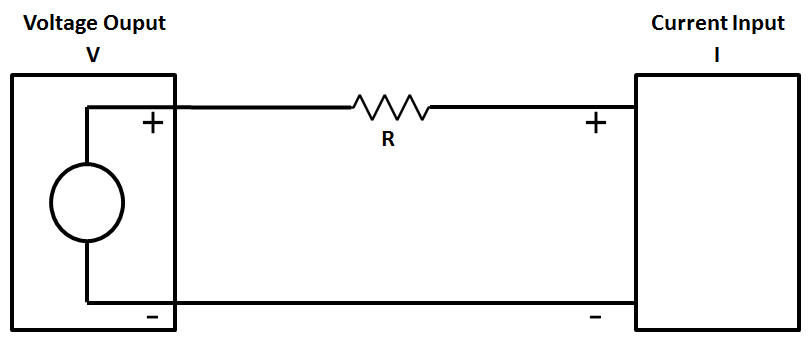
Example : 0-10 VDC to 0-20 mA Conversion
Ohms law states: R = V/I where V is the Voltage, I is the current and R is the resistance
R = 10V/0.020A = 500 Ohms
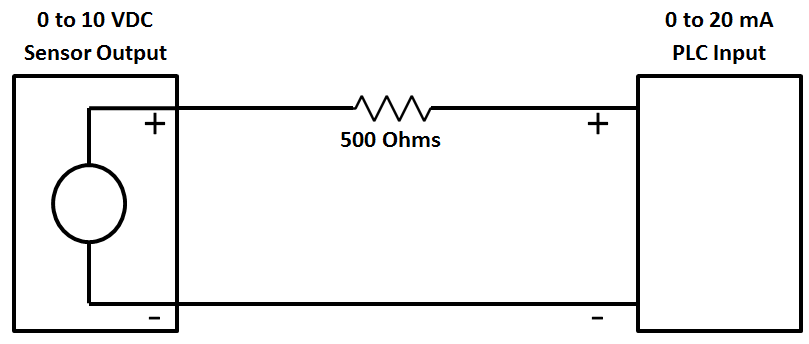
Example : 0-5 VDC to 0-20 mA Conversion
Ohms law states: R = V/I where V is the Voltage, I is the current and R is the resistance
R = 5V/0.020A = 250 Ohms
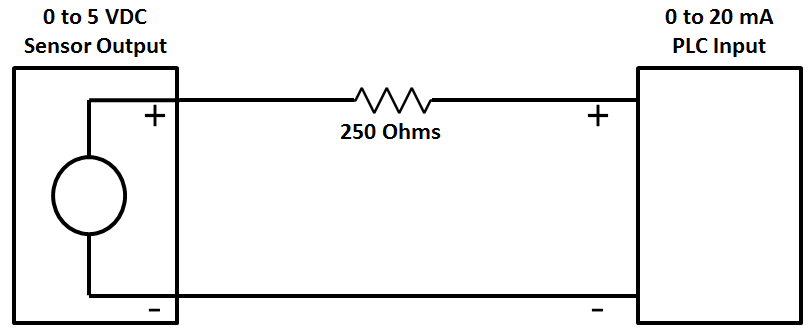
I= V/R = 5/250 = 0.02A = 20mA
Note:-
- To avoid damage you must ensure that the external current source has short-circuit protection in all conductor cases.
- The external resistor is a source of error because of its dependency on temperature and its inaccuracy.
- In order to obtain measuring results that are as precise as possible it is recommended to use resistors with tolerances that are as small as possible.
Credits : myplctechnology blog
If you liked this article, then please subscribe to our YouTube Channel for PLC and SCADA video tutorials.
You can also follow us on Facebook and Twitter to receive daily updates.
Read Next:

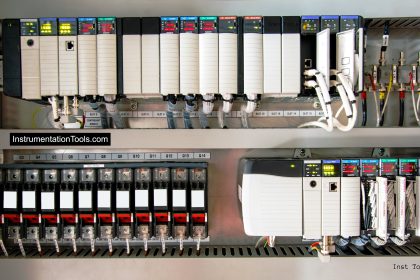

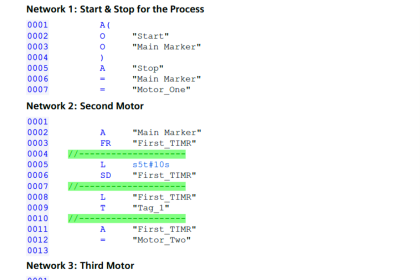
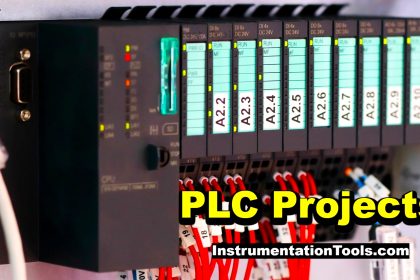

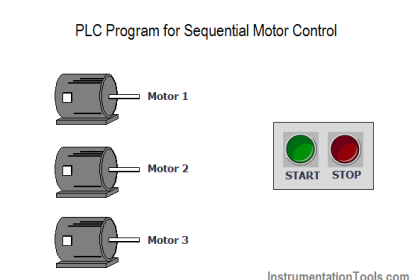

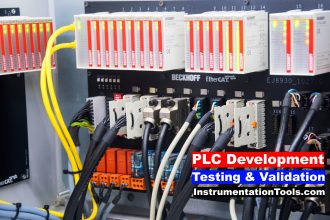
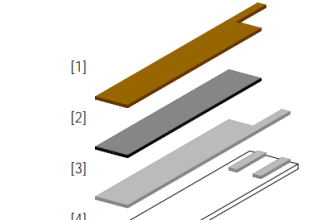
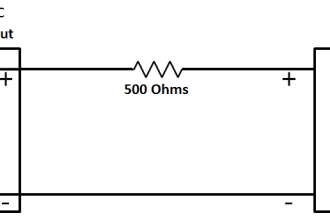
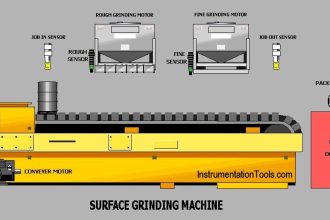

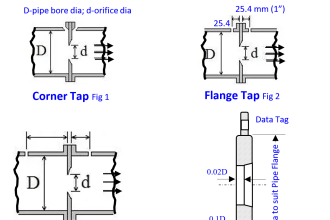
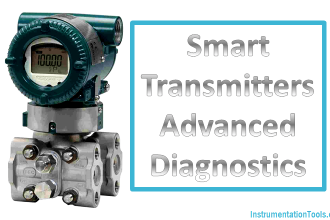
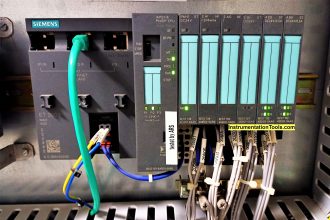

You didn’t consider the internal resistance of the input.